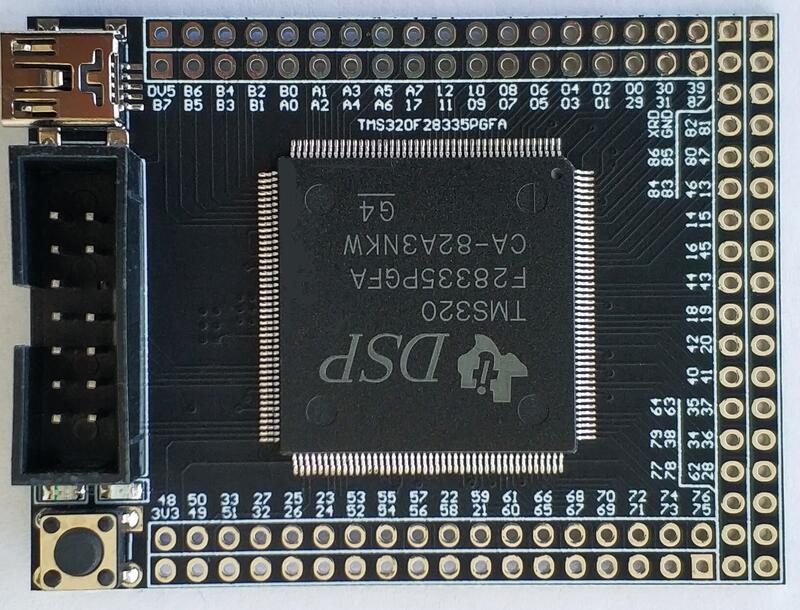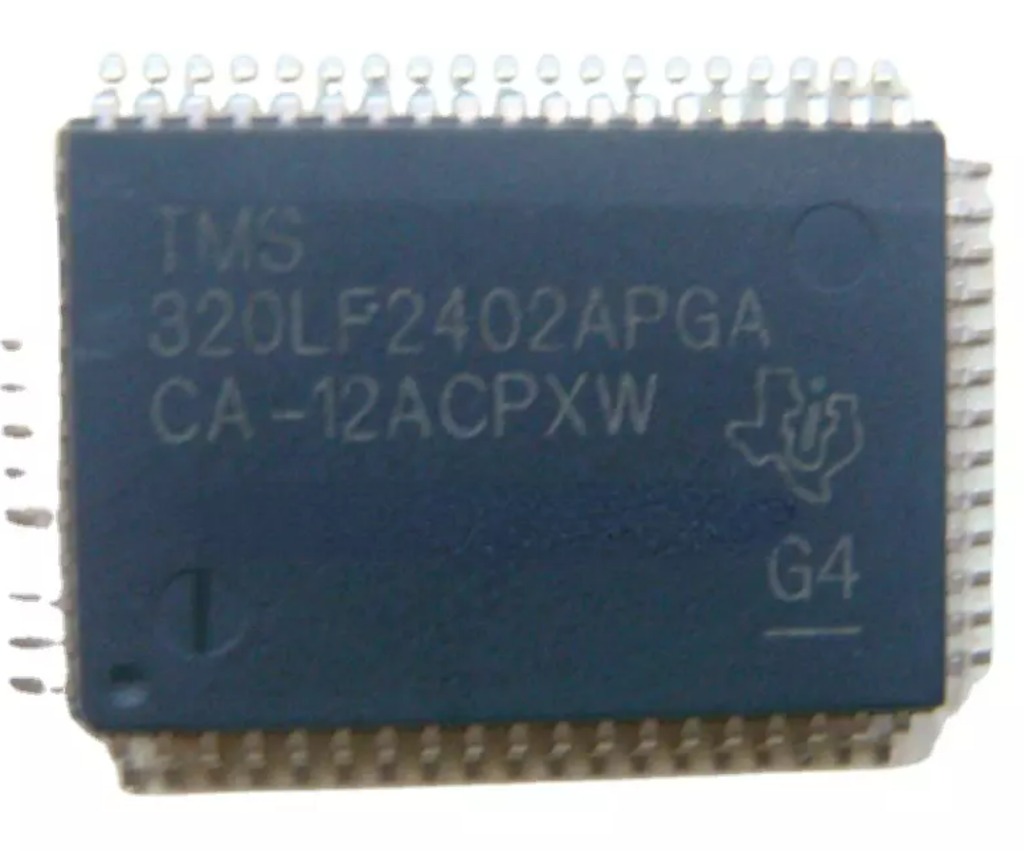Clone DSP Microcontroller TMS320LF2402APGA Flash Memory
Clone DSP Microcontroller TMS320LF2402APGA Flash Memory Data and copy binary file to new MCU TMS320LF2402APGA flash memory after crack TMS320LF2402APGA microprocessor security fuse bit;

The TMS320x240x software-programmable interrupt structure supports flexible on-chip and external interrupt configurations to meet real-time interrupt-driven application requirements. The ’LF240x recognizes three types of interrupt sources.
- Reset (hardware- or software-initiated) is unarbitrated by the CPU and takes immediate priority over any other executing functions to readout TI dsp MCU TMS320LF2406AP microcontroller flash memory. All maskable interrupts are disabled until the reset service routine enables them.
The ’LF240x devices have two sources of reset: an external reset pin and a watchdog timer timeout (reset).

- Hardware-generated interrupts are requested by external pins or by on-chip peripherals. There are two types:
- External interrupts are generated by one of four external pins corresponding to the interrupts XINT1, XINT2, PDPINTA, and PDPINTB. These four can be masked both by dedicated enable bits to reverse engineering tms320lf2401ap mcu flash memory and by the CPU’s interrupt mask register (IMR), which can mask each maskable interrupt line at the DSP core.
- Peripheral interrupts are initiated internally by these on-chip peripheral modules: event manager A, event manager B, SPI, SCI, WD, CAN, and ADC. They can be masked both by enable bits for each event in each peripheral and by the CPU’s IMR, which can mask each maskable interrupt line at the DSP core.

